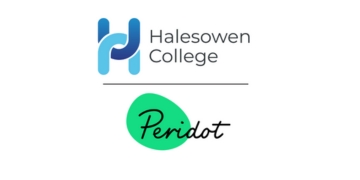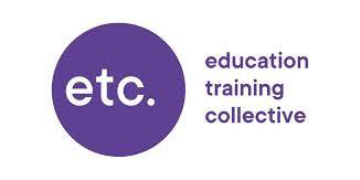Whole Education brings school and system leaders together to improve outcomes and experiences for all young people. Over the past five years we’ve worked with over 1,000 schools through our SEND School Improvement programme, seeing first-hand the ways in which SEND leaders are able to harness good practice to drive improvement.
Now, an independent evaluation of the programme by Professor Philip Garner is shedding light on some of the ways school leaders can develop their strategic leadership of SEND.
Over the 2023/2024 academic year, researchers carried out in-depth interviews with SEND leaders in local authorities (LAs), trusts and schools. They surveyed hundreds of SEND leaders involved in the programme.
The evaluation found evidence that three ways of working on SEND leadership were especially effective:
Collaborating on strategic priorities
Our SEND school improvement work has consistently shown that the SENCo role can be isolated and isolating. In turn this too frequently leads to high levels of SENCo turnover.
However, we’ve also seen that when SENCos in different local schools are supported to work together on a shared framework and language, their feelings of professional efficacy and satisfaction increase.
Indeed, Professor Garner’s evaluation found that being supported to work in ‘quads’ gave participants the chance to share good practice, learn and grow together:
One participant told the evaluation team “it’s maybe the first time that I’ve ever felt this supported”. Another said “this is far… more beneficial than most of the professional development we’ve had”.
Trust-level SEND leads also describe the same benefits from working with peers in different trusts, in terms of their own development and in terms of the innovation that comes from exposure to different ways of defining the role and building systems.
Developing strategic leadership skills
A common refrain from the many hundreds of SENCos and school leaders we’ve worked with over the past few years is that the ‘fire-fighting’ and administrative demands of SEND leadership make it hard to give adequate attention to strategic planning.
Therefore, developing confident and capable strategic leaders of SEND in schools is key to meeting needs in the classroom.
The evaluation shows how following expert-led, structured guidance focusing on identifying and developing actions to meet strategic priorities helps drive school improvement.
SENCos who took part in the evaluation reported that they became better leaders by:
- Prioritising and managing workload to save time for the most high-impact work (understanding what’s happening in classrooms and boosting the kind of high-quality teaching that is essential for those with SEND and benefits all)
- Dovetailing with other leaders and ensuring SEND priorities are woven into whole-school development plans
- Focusing on shared leadership of teaching and learning, in addition to the more specialist elements of the SENCo role.
Sharing strategic goals locally
Crucially, when this work is supported by LAs, there’s an extra dimension. LA SEND leaders can better identify common areas where schools could do with additional training, longer-term professional development or support.
Being part of the same common framework for strategic leadership and supporting groups of schools to work together on strategic priorities gives LAs the tools to direct resources to where they are most needed.
That resource needn’t always be financial, or supplied by teams outside of schools. The evaluation shows how with the right frameworks, local authorities are better able to accurately recognise and disseminate the best practice in schools and classrooms.
One LA leader told the evaluation team that the programme “provides a way of obtaining a consistent overview of our schools, which ends up linking to the actions that are then needed, so that it’s not so much an end-point; it gets us into common territory for effective actions”.
This evaluation showcases the effectiveness of Whole Education’s approach to solving some of the entrenched issues with leading SEND in LAs, trusts and schools.
And now that it’s tried and tested, the programme provides a model for how to help leaders in those settings come up with an impactful, collaborative and sustainable plan of action for SEND.












Your thoughts